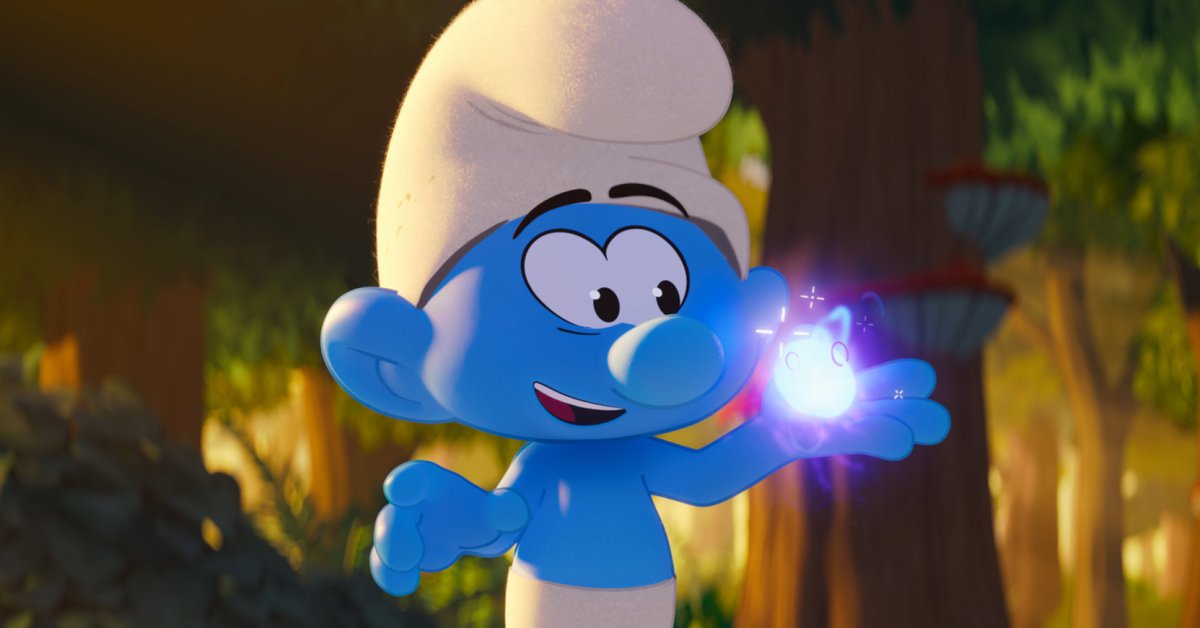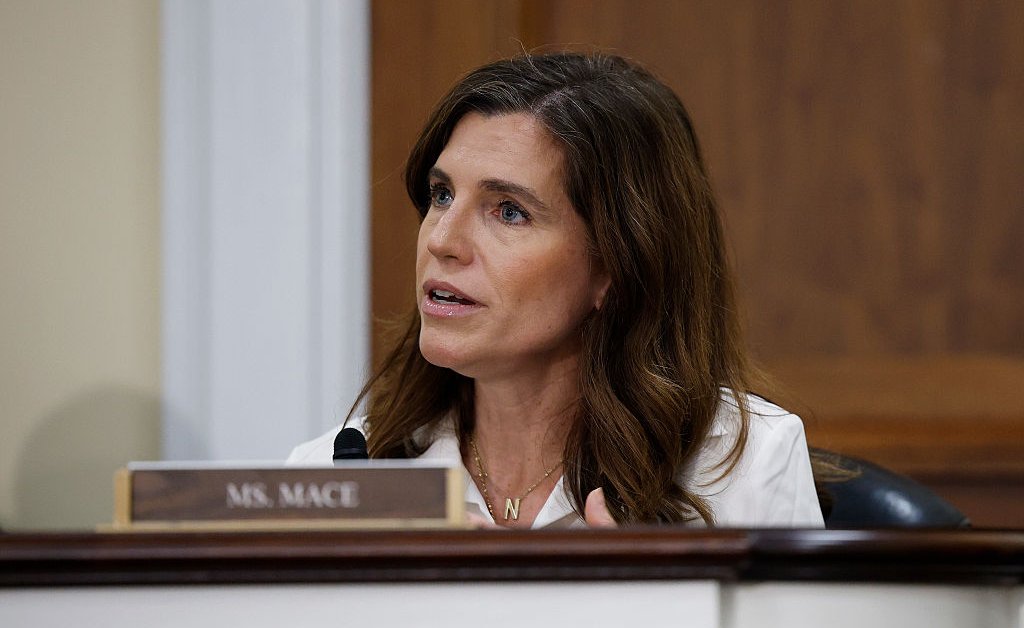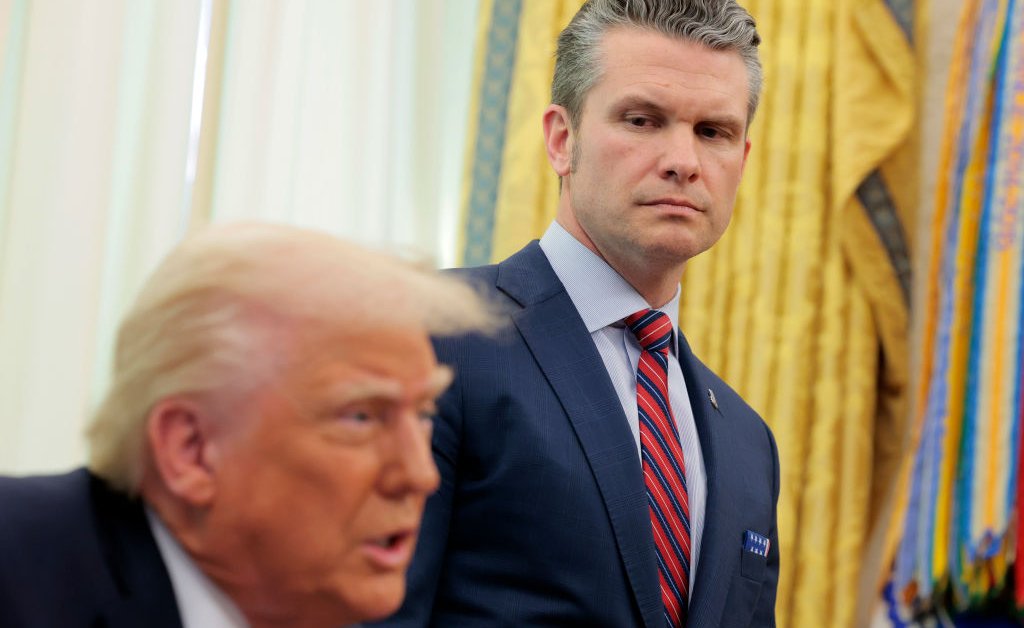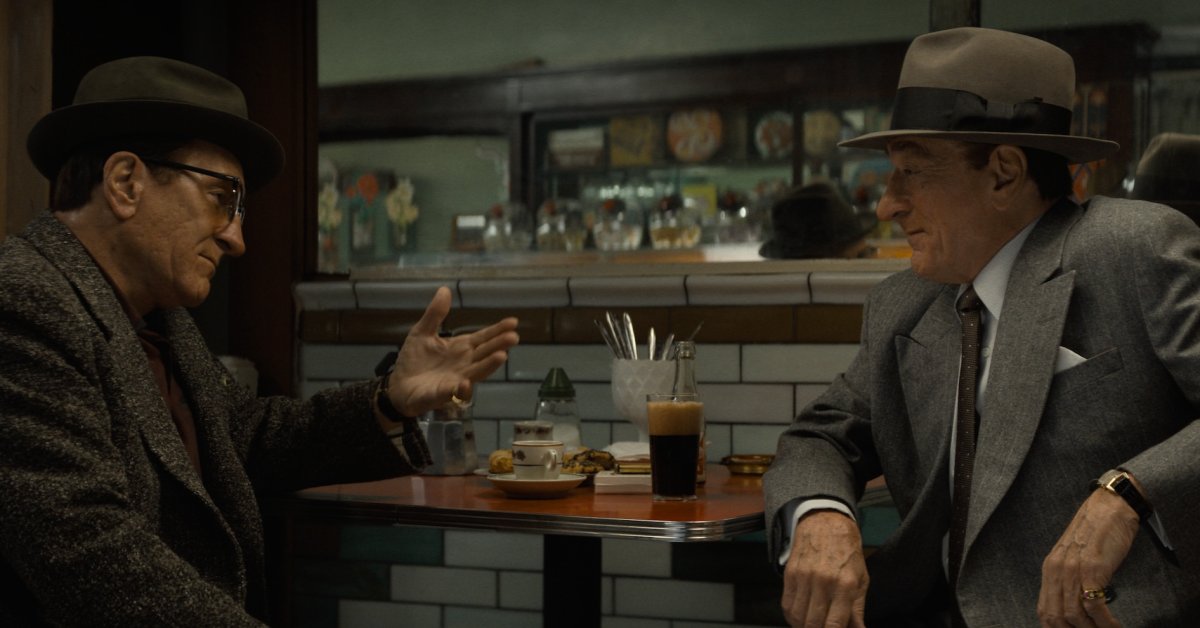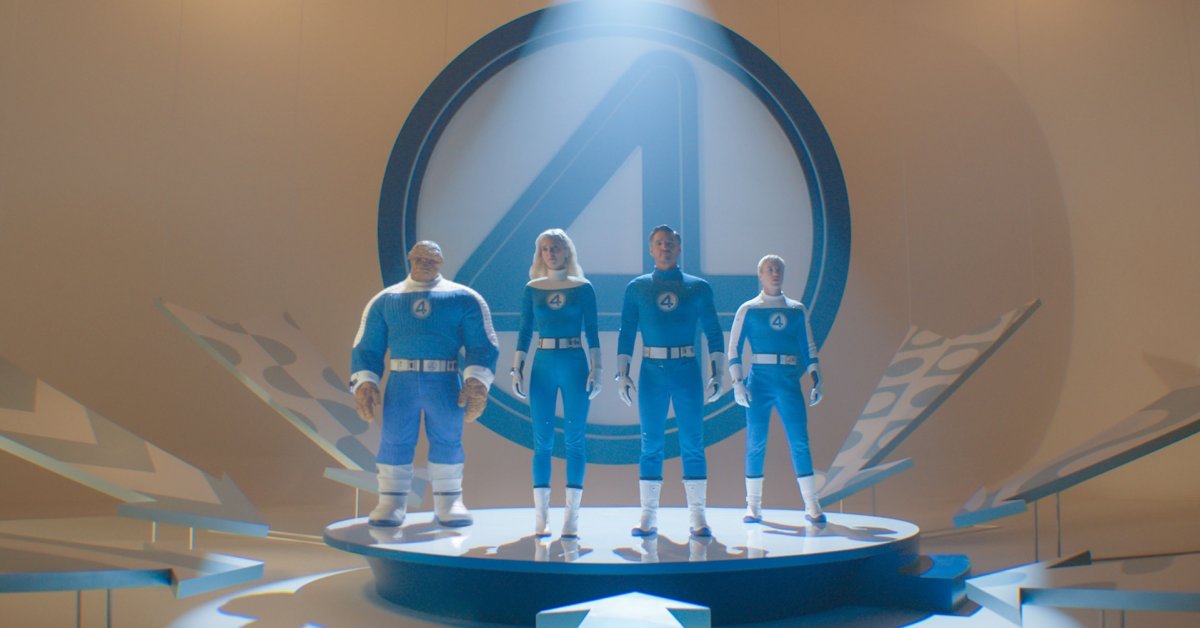In Smurfs, out in theaters July 18, a Smurf is blue that he doesn’t have a specific task to do in Smurf Village. Voiced by James Corden, he’s just known as No Name Smurf.
The Smurfs are a village of creatures who live in mushroom houses that consider themselves one big happy family, and each Smurf plays a role in maintaining the community, like Doctor Smurf, Calendar Smurf, and Camouflage Smurf. They are led by Papa Smurf, and he treats the Smurfs like they are all his children. In Smurfs, Smurfs start every day by break-dancing, with Papa Smurf as the DJ.
In the movie, Papa Smurf (John Goodman) is kidnapped, and No Name Smurf and the one female Smurfette (Rihanna) are on a mission to rescue him from the clutches of evil wizards. During the search, No Name Smurf discovers that his “thing” is magic, and he can create magic portals to transport the Smurfs to different dimensions, including the lair where the evil wizards are holding Papa Smurf hostage. Thus, he will forever be known as Magic Smurf.
Smurfs is Hollywood’s fourth smurf movie in a franchise that dates back to 1958, the brainchild of Belgian comic artist Pierre “Peyo” Culliford. Here’s a look at the origins of the Smurfs and where the movie Smurfs fits in the history of the Smurfs.
What is a Smurf?
The Smurfs have a few defining characteristics: They are six inches tall, blue in color, and have their own language.
Peyo’s wife Nine made the decision to color them blue. She colored his illustrations up until his death in 1992. She thought red would make them look angry, and yellow would make them look sickly. If they were green, they’d look lost in the scenery.
The other key defining characteristic of the Smurfs is their language. They use the word Smurf as a verb, so in the 2025 movie Smurfs, the Smurfs often use it as a substitute for a profanity—”That sounds like a load of Smurfs” and “I think I just Smurfed my pants.”
A brief history of Smurfs

The first Smurfs illustrations were published in Oct. 1958.
They were supposed to be side-kicks in a comic strip series called Johan and Peewit, but they were so popular that they were given their own comic strip.
Some of the comic strips reflect the postwar era in which they were invented. According to Matt Murray, a self-proclaimed “Smurfologist” and author of The Art of Smurfs, “The creators of the comics grew up during the Nazi occupation of Belgium and that affected the way that they told stories and how they thought about the world. And, in fact, there’s a Smurf comic called King Smurf, or Smurf King, depending on who’s translating it. That is actually a parable about Hitler.”
The first Smurfs movie was The Smurfs and the Magic Flute (1976), produced by a Brussels animation studio. Afterwards, little rubber Smurf figurines started to be handed out to people filling up their gas tanks, and when an American TV executive got hold of one, the famed animation studio Hanna-Barbera produced a TV show that came out in 1981.
“That is what we consider the birth of Smurf media because it hits American television,” says Murray. “Not only does it hit American television, it gets better ratings than Dallas, the number-one primetime soap opera at the time.”
Origins of Smurfette

Smurfette, the sexy female character in the comic strip, was introduced in April 1966.
“She was created by Gargamel, who’s the villain of the series, to cause disruption and chaos in the Smurf Village, which, up until that point, was entirely male,” Murray says. “She flirts with everybody, and everybody falls in love with her, and everybody starts fighting over her.”
The Smurfette in Smurfs is a strong female lead character. Though she was created by an evil wizard, she has distanced herself from him, and considers herself a Smurf through-and-through. She is the one who organizes the Smurfs to save Papa Smurf. She bonds with No Name Smurf because she knows what it’s like to feel like an outsider in Smurf Village, and she counsels him while picking Smurfberries as he’s trying to figure out who he is.
Lessons from the Smurfs

As Smurfs shows, sometimes it can take a little while for people to figure out what makes them special—as in No Name Smurf’s case—but everyone does have something that makes them special.
Murray hopes the Smurfs will inspire viewers to think more about how they relate to the larger world and how they can positively contribute to their own communities. “Coming together for the collective good is something that we could focus on now, something that’s a little lacking in the world,” he says. “That is in the Smurfs, and hopefully people can get that out of the Smurfs.”

